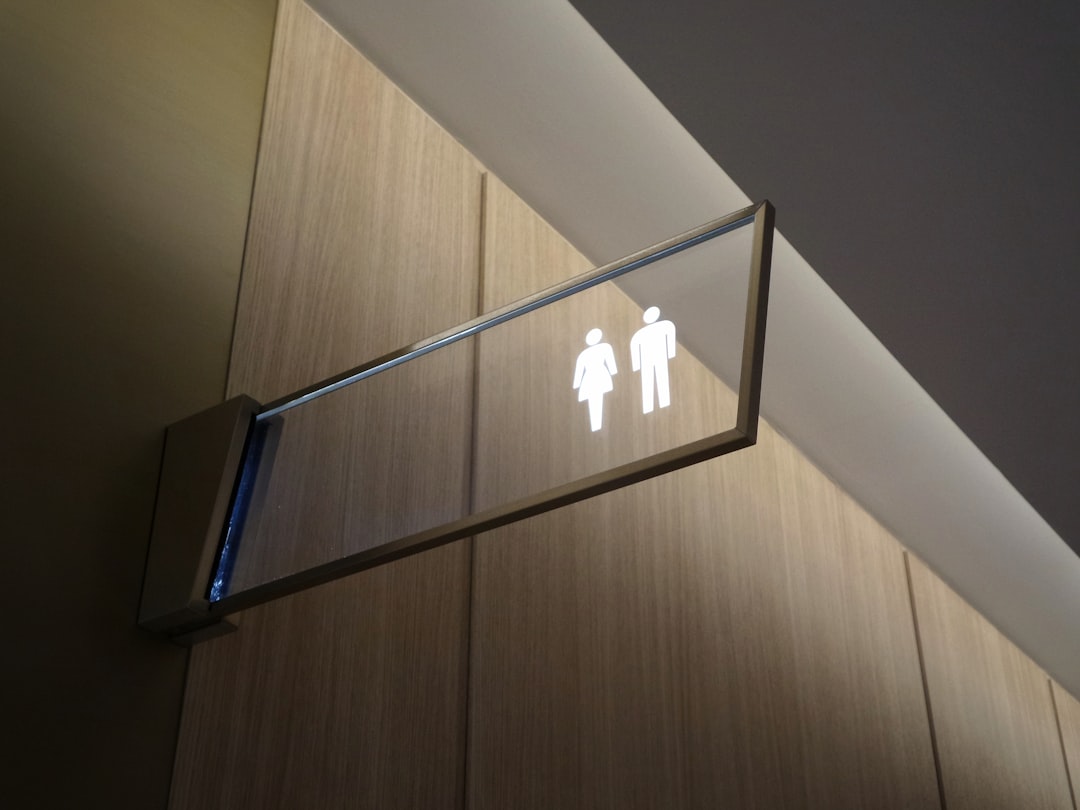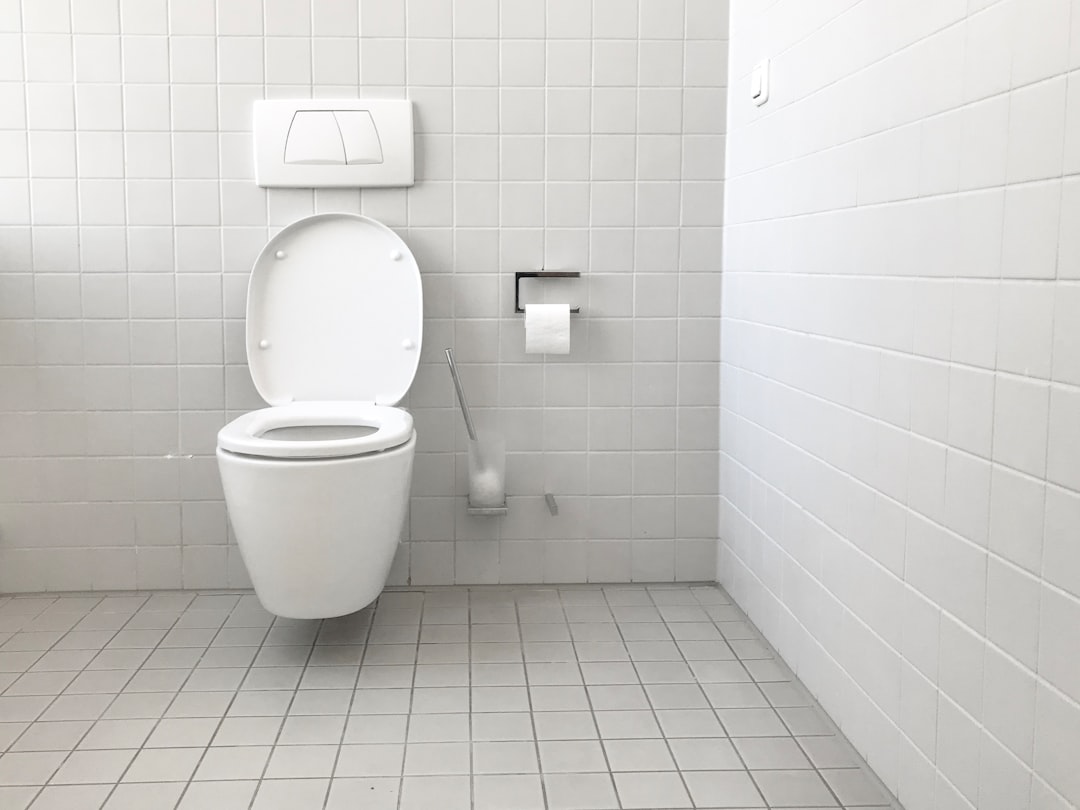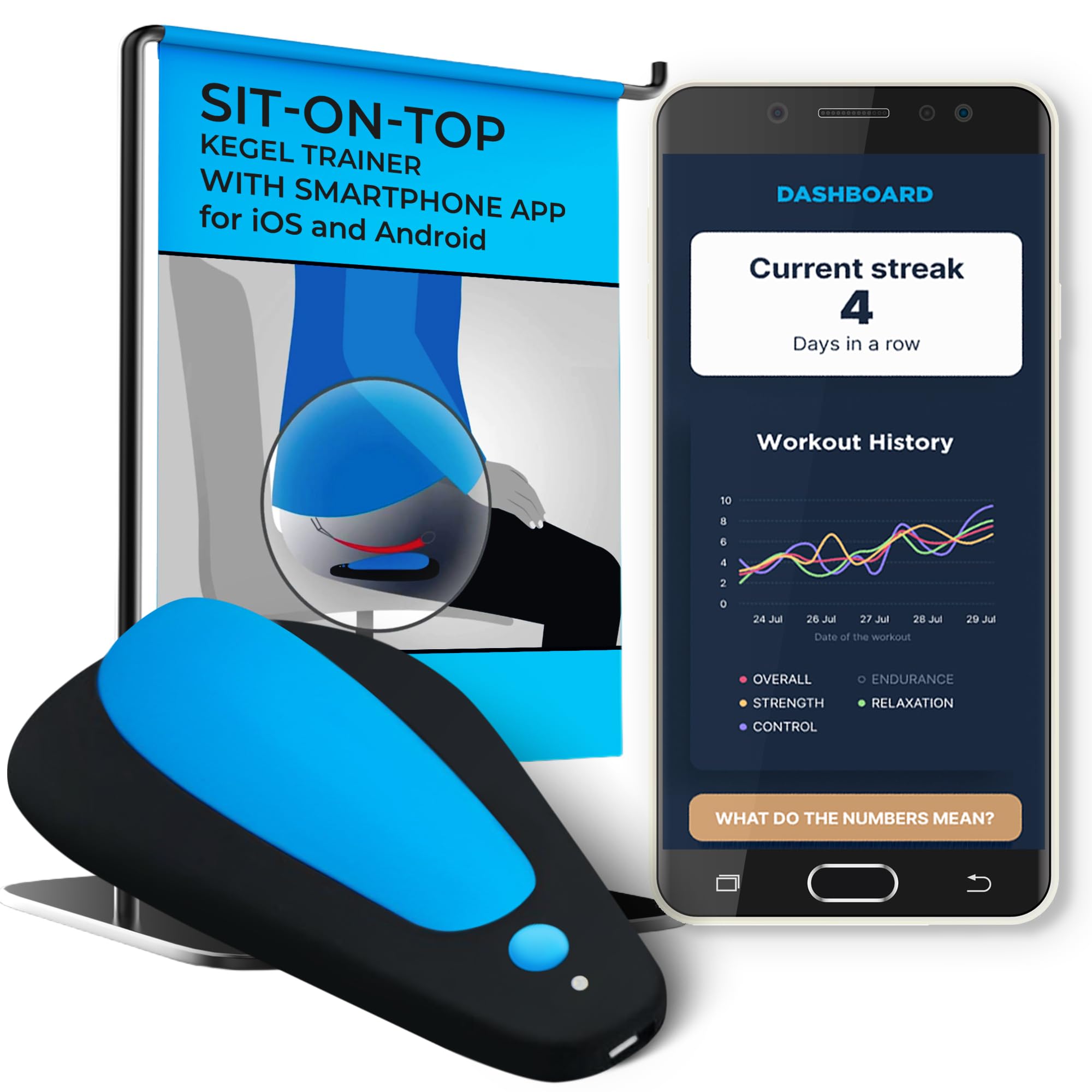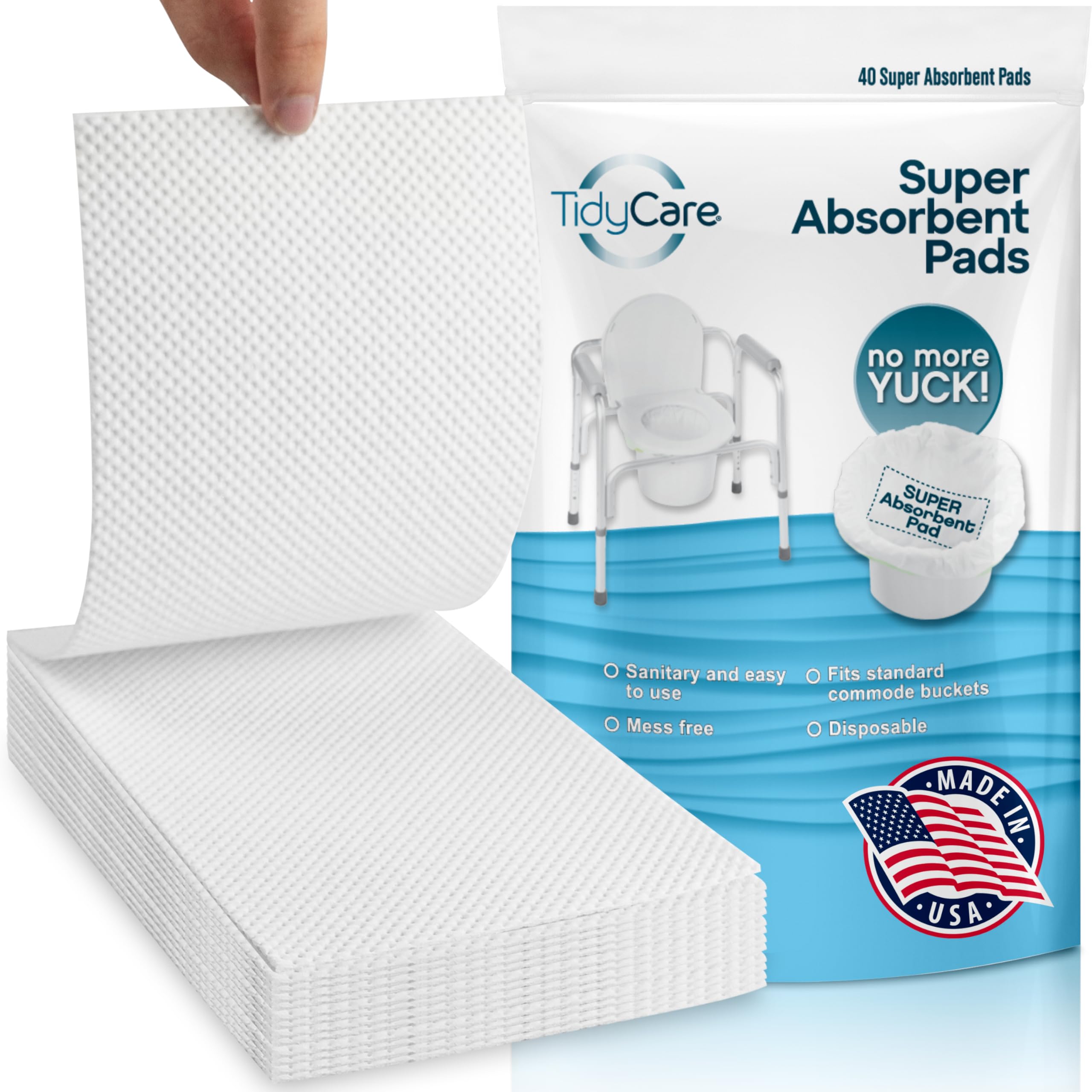Ever felt uncomfortable or frustrated because your bladder just won’t cooperate? You’re not alone. Impaired urinary elimination is a common issue that affects people of all ages, and understanding it can make all the difference in managing symptoms and improving quality of life.
Impaired urinary elimination refers to a condition where the normal process of getting rid of urine from the body is disrupted. This can mean anything from difficulty starting urination, to not being able to go at all, or even having frequent accidents. It’s usually tied to either the bladder not working like it should, or issues with the nerves, muscles, or even medications and lifestyle factors contributing to poor bladder control.

There isn’t a one-size-fits-all cause for this condition, which is why it helps to look at the bigger picture. Some of the most common triggers include:
If you ever feel like something’s off with your urinary habits, it could point toward impaired elimination. Here are some things to keep an eye on:
Doctors often take a multi-step approach when figuring out what’s going on. That includes reviewing your urinary habits, doing urine tests, imaging (like ultrasounds), and possibly recommending visits to specialists like urologists or nephrologists. In many cases, a bladder diary — where you write down how often you void and how much — can reveal helpful patterns.

The good news is there are plenty of options, both medical and lifestyle-based, depending on what’s causing the issue:
| Approach | Examples | Purpose |
|---|---|---|
| Medical | Antibiotics, bladder relaxants, catheterization | Treat infections, manage symptoms or assist with elimination |
| Lifestyle | Hydration, bladder training, pelvic floor exercises | Improve bladder control and support healthy habits |
| Supportive Devices | Bedside commodes, absorbent pads | Reduce stress and manage incontinence day-to-day |
Healthcare professionals play an essential role in monitoring fluid intake/output, preventing infections, and offering education. Nurses may create personalized care plans, suggest toileting schedules, or help identify early warning signs of complications like UTIs or skin breakdown due to incontinence.
Have you or someone you care about dealt with changes in urinary habits? Feel free to share your experiences or tips below — we’d love to hear from you!

Elevate your pelvic health effortlessly with the Sit-On-Top Kegel Trainer. Designed for both iOS and Android, this smart device offers personalized workouts via a user-friendly app. Track your progress with real-time feedback and enhance endurance, strength, and relaxation. Compact and discreet, it's perfect for daily use at home or on-the-go. Strengthen your core and boost your confidence with every session.

TidyCare Super Absorbent Commode Pads provide ultimate convenience with their mess-free design. Perfectly fitting standard commode buckets, these disposable pads ensure a sanitary experience. Simply place them in the bucket for quick liquid absorption, making cleanup effortless. Ideal for home and travel use, these USA-made pads offer reliable quality and peace of mind.
Impaired urinary elimination refers to difficulty or abnormality in the process of expelling urine due to physical, sensory, or medical reasons. It can result from dehydration, infections, neurological disorders, or structural abnormalities in the urinary tract.
Common causes include urinary tract infections (UTIs), bladder obstructions, neurological conditions like spinal cord injuries, and medications affecting bladder function. It can also arise as a symptom of chronic diseases such as diabetes or prostate issues.
Healthcare providers assess impaired urinary elimination through patient history, physical exams, urinalysis, and diagnostic imaging. They may also evaluate urinary patterns, pain, or frequency to identify possible causes and recommend treatment.
Nursing interventions include monitoring urinary output, encouraging fluid intake, assisting with toileting, and educating patients on proper hydration and hygiene. They may also involve catheter care or referrals to specialists if necessary.
Yes, lifestyle changes such as maintaining proper hydration, reducing caffeine and alcohol intake, and practicing pelvic floor exercises can improve urinary function. Managing chronic conditions like diabetes can also help prevent complications.
We hope this guide sheds some light on managing impaired urinary elimination and makes you feel less alone in your journey. If you’re keen to learn more about maintaining a healthy lifestyle, why not connect with us for more tips and a supportive community? Follow us on Instagram for daily inspiration, check out our Pinterest for visual wellness boards, and join the conversation on Facebook where we love to hear your stories and experiences. Let’s tackle these challenges together, one step at a time!